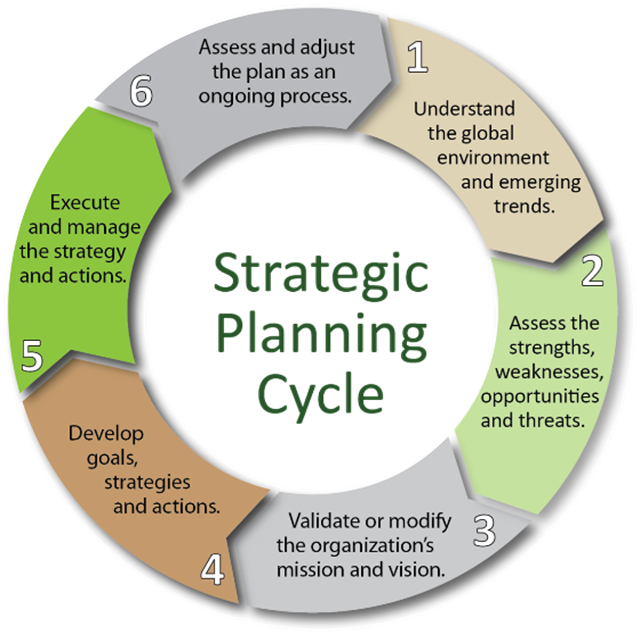Creating a business plan is critical for every business owner. It helps you to define your goals, set up a direction, and create a roadmap to achieve them. A business plan becomes even more essential when you are planning for growth and expansion. The expansion can come in various forms, including new product or service offerings, expansion to new markets, or even a merger or acquisition. In this article, we will discuss how to create a business plan for growth and expansion, including strategies and tactics that can help you achieve your goals.
-
Define your growth goals:
The first step in creating a business plan for growth and expansion is to define your goals. What are you trying to achieve, and what does success look like for your business? This could be expanding to new markets, introducing new products or services, or increasing revenue and profits. Whatever your goals are, make sure they are specific, measurable, achievable, relevant, and time-bound.
-
Conduct market research:
Market research is essential to understand your market, customers, and competition. Conducting market research can help you to identify new opportunities and develop strategies to capitalize on them. It can also help you to understand the needs of your customers and how you can improve your products or services to better meet those needs. Additionally, market research can help you to understand your competition, their strengths, and weaknesses, and how you can differentiate your business from them.
-
Identify your target audience:
Identifying your target audience is critical for developing effective marketing and sales strategies. You need to understand the demographics, psychographics, and behavior of your target audience to create a message that resonates with them. This will also help you to develop effective marketing channels to reach them.
-
Develop a marketing strategy:
A marketing strategy is a plan of action for promoting your products or services to your target audience. A marketing strategy includes tactics such as advertising, public relations, social media, and other channels to promote your business. Developing a marketing strategy is critical to create awareness, generate leads, and drive sales.
-
Create a sales strategy:
A sales strategy outlines how you will sell your products or services. It includes tactics such as sales channels, pricing, and sales processes. A sales strategy is essential to ensure that you have the right sales team, processes, and tools to close deals and achieve your sales goals.
-
Determine your financial needs:
Growth and expansion require significant investments in people, processes, and infrastructure. You need to determine the financial resources required to achieve your growth goals. This includes investments in marketing, sales, technology, human resources, and other areas of the business. You also need to determine the sources of financing available, such as loans, venture capital, or angel investments.
-
Create financial projections:
Financial projections are critical to understanding the financial health of your business and the potential for growth and expansion. Financial projections include revenue projections, expense projections, cash flow projections, and a break-even analysis. This will help you to determine the viability of your growth plans and whether you will need additional financing.
-
Develop a timeline:
Developing a timeline is critical to ensure that you can execute your growth plans successfully. A timeline should include specific milestones and deadlines for achieving your goals. It should also include the resources required and the personnel responsible for executing each task.
-
Define the organizational structure:
Growth and expansion require changes in the organizational structure. You need to define the roles and responsibilities of each team member and determine if you need to add new staff. You also need to define the reporting structure and the communication channels to ensure that everyone is aligned with the growth plans.








